BYD Sea Lion 07 launched in China, coming to Europe in 2025
BYD’s rapidly expanding Ocean series has welcomed a new electric mid-size SUV called ‘Sea Lion 07.’ Priced from 189,800 yuan, which converts to approximately 24,351 euros, it’s considered a budget alternative to the globally acclaimed Tesla Model Y. In European markets, it should lock horns with the VW ID.5.
The BYD Sea Lion 07 features a sleek and sporty design with cues borrowed from the BYD Seal, which is its sedan counterpart. A coupe-like low and sloping roofline and a pronounced width give it an athletic stance. Two rear spoilers further emphasize its dynamic character. The squarish wheel arches with rounded corners do come off as a little bit odd, though.
Inside, the BYD Sea Lion 07 flaunts a wraparound dashboard featuring luxury car-like ambient lighting. A four-spoke steering wheel serves as a reminder of sitting in an SUV, and it has regular buttons and scrollers for ease of operation. In addition to the fancy ambient lighting system, a glass-like finish on the gear lever and Nappa leather upholstery help the cabin look upscale. Vegan customers need not worry, though, as imitation leather upholstery is also available.
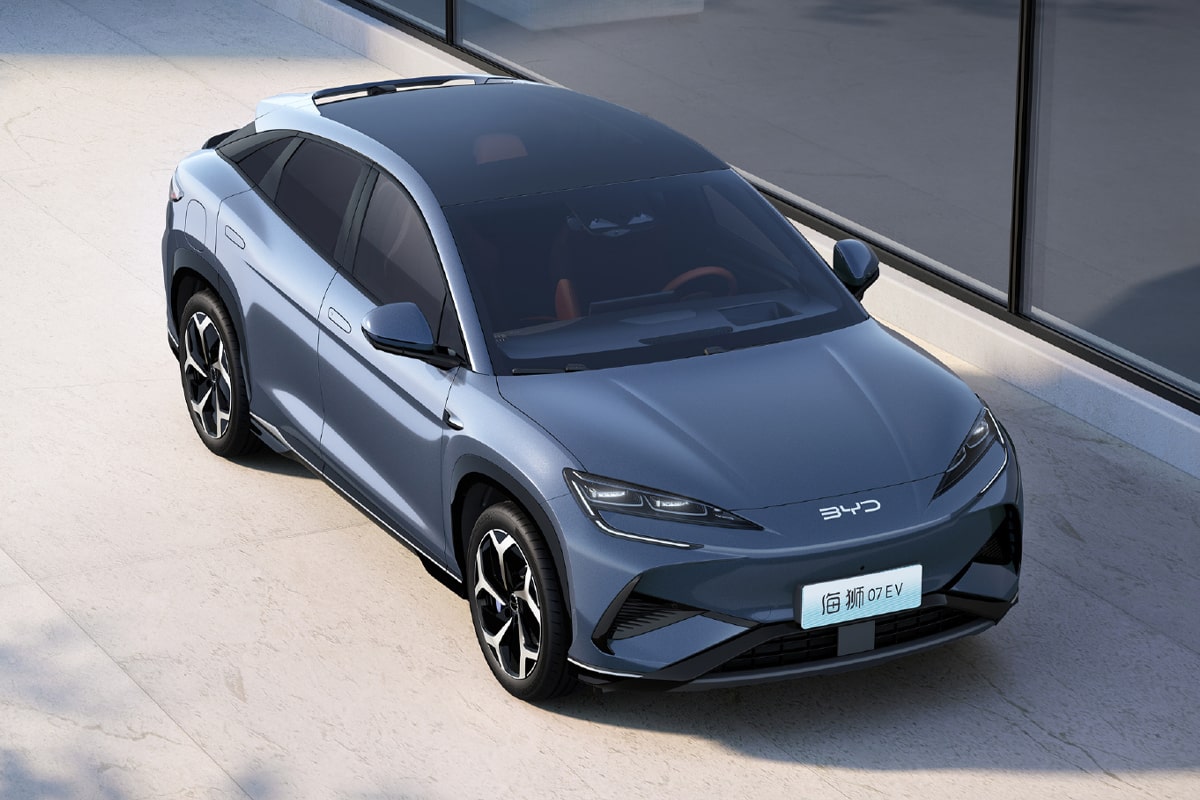
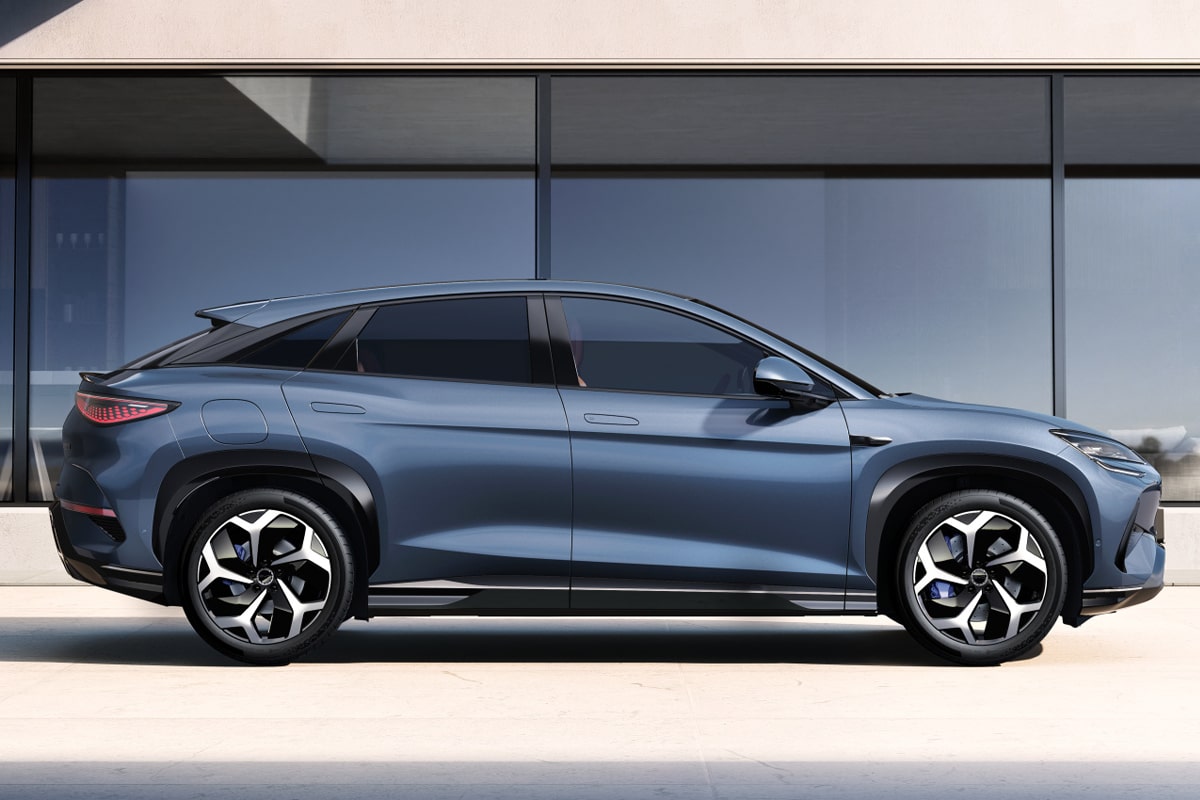
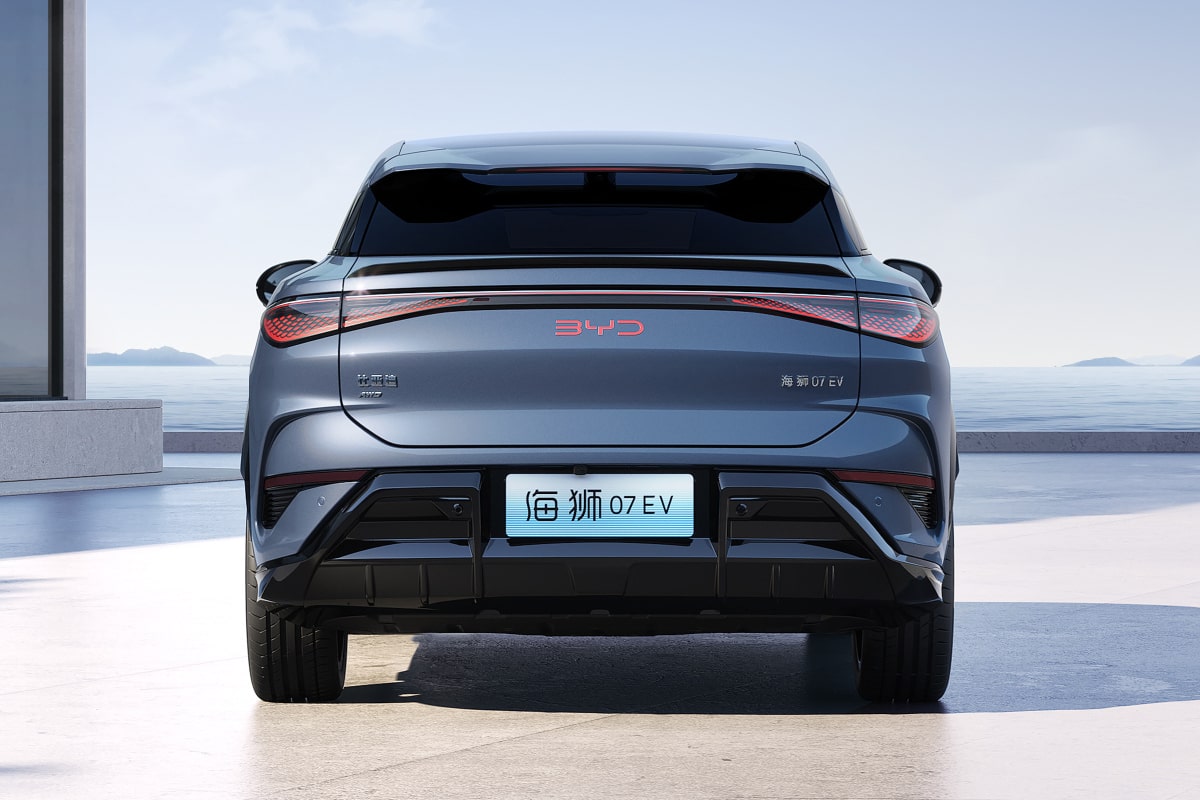
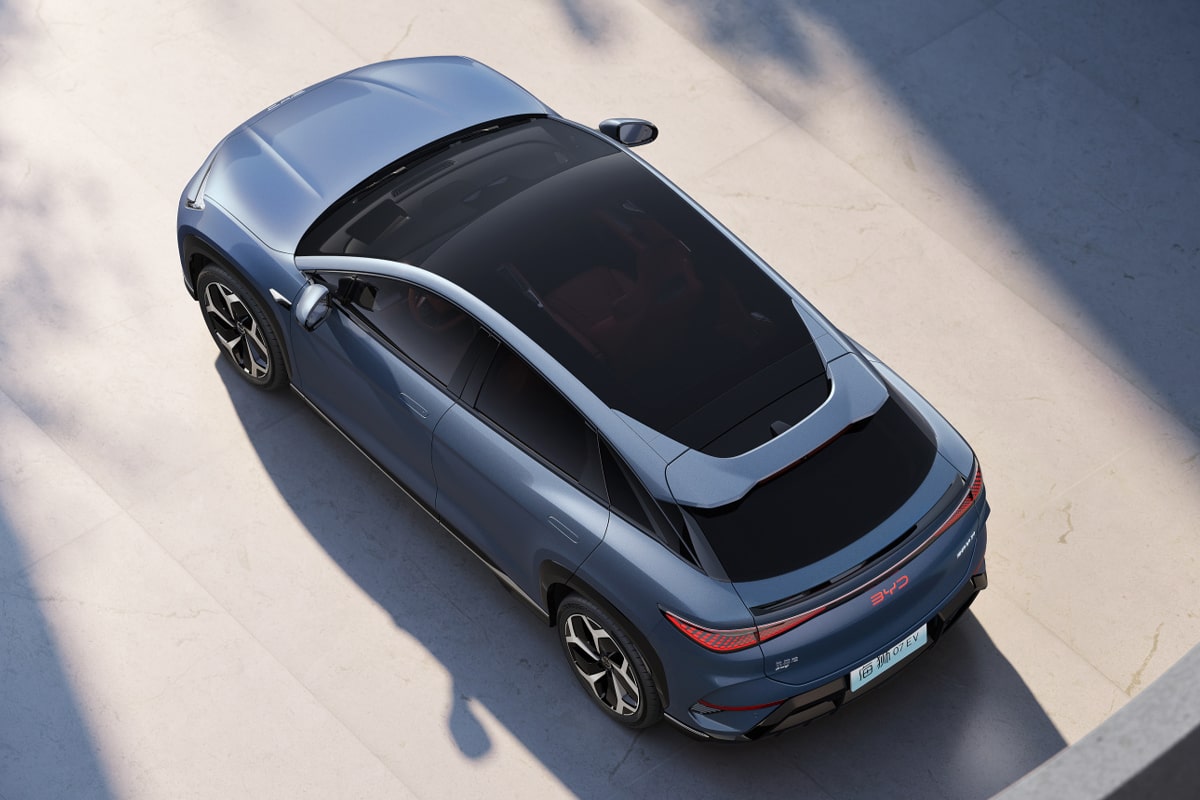
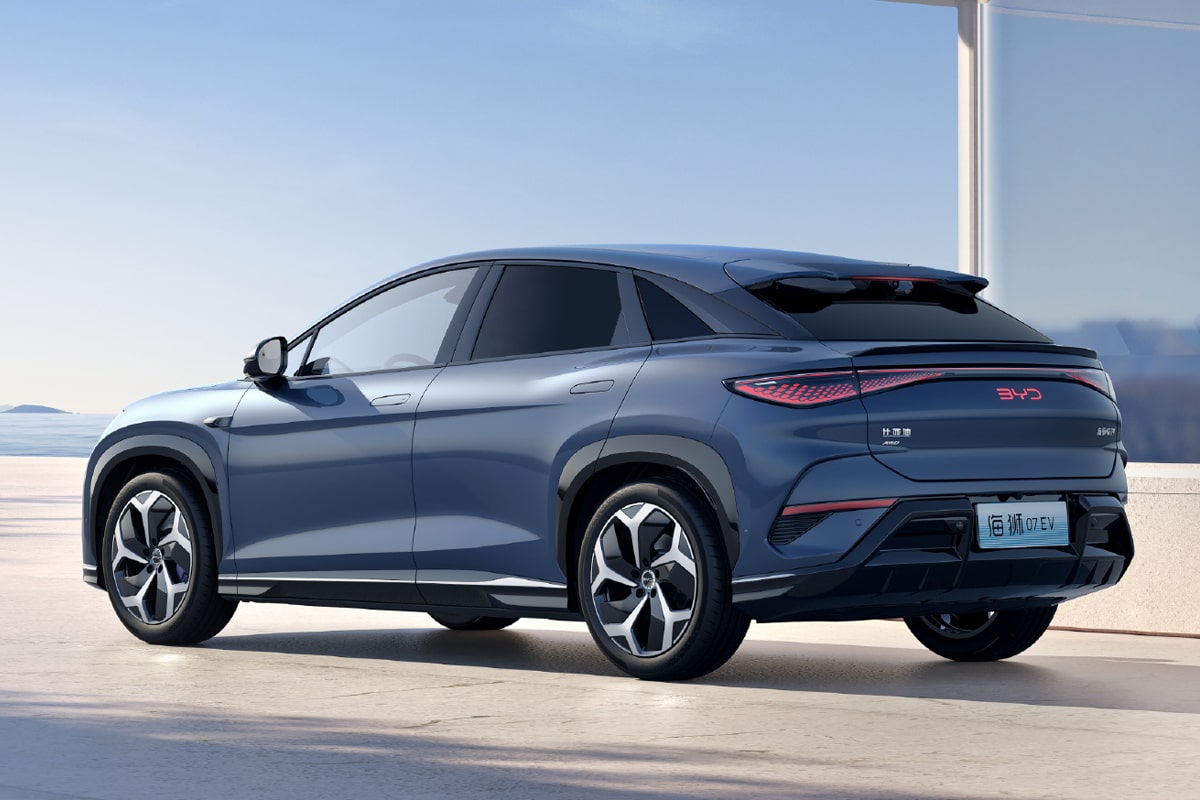
LED headlamps and tail lamps with dynamic turn signals, LED charging port lights, and 20-inch wheels are some of the main exterior features of the BYD Sea Lion 07. Inside, BYD equips the Sea Lion 07 with a 10.25-inch digital instrument cluster, a dash cam, a 50W wireless smartphone charger, AR HUD with a 50-inch projection area, a 15.6-inch ultra HD rotatable touchscreen infotainment system, etc.
Based on a new platform called ‘e-Platform 3.0 Evo,’ the BYD Sea Lion 07 utilizes LFP battery cells installed using cell-to-body (CTB) technology. Customers can choose between 71.8 kWh and 80.64 kWh batteries. The 71.8 kWh unit supports charging at up to 180 kW and the 80.64 unit at up to 240 kW. Both can charge up from 10 to 80% as quickly as 25 minutes.
The BYD Sea Lion 07 range comprises three power-electric variants, which can be classified as standard-range RWD, long-range RWD, and long-range AWD for the sake of simplicity. The base variant uses a 170 kW/380 Nm rear motor and has the 71.8 kWh battery. It takes 7.3 seconds to accelerate from 0 to 100 kph and maxes out at 210 kph. On a full charge, it delivers a CLTC range of 550 km.
The long-range RWD variant upgrades to a 230 kW/380 Nm rear motor and the 80.64 kWh battery. The higher-output motor leads to a quicker 0-100 kph acceleration time of 6.7 seconds and a higher top speed of 225 kph. The higher energy storage capacity of its battery means it has a better CLTC range – 610 km.
The long-range AWD variant pairs the 230 kW/380 Nm rear motor with a 160 kW/310 Nm front motor. With 390 kW of total power and 690 Nm of combined torque, it hits 0 to 100 kph in just 4.2 seconds. However, its top speed is the same – 225 kph. The two motors get their energy from the same 80.64 kWh battery, which delivers a CLTC range of 550 km.
In March, AutoWeek shared a spy picture of the Sea Lion 07 from the Netherlands, suggesting BYD has already started its European testing. According to a report from Auto Express, it will go on sale in the UK in early 2025.
cnevpost.com, carnewschina.com, autoexpress.co.uk, autoweek.nl





1 Comment